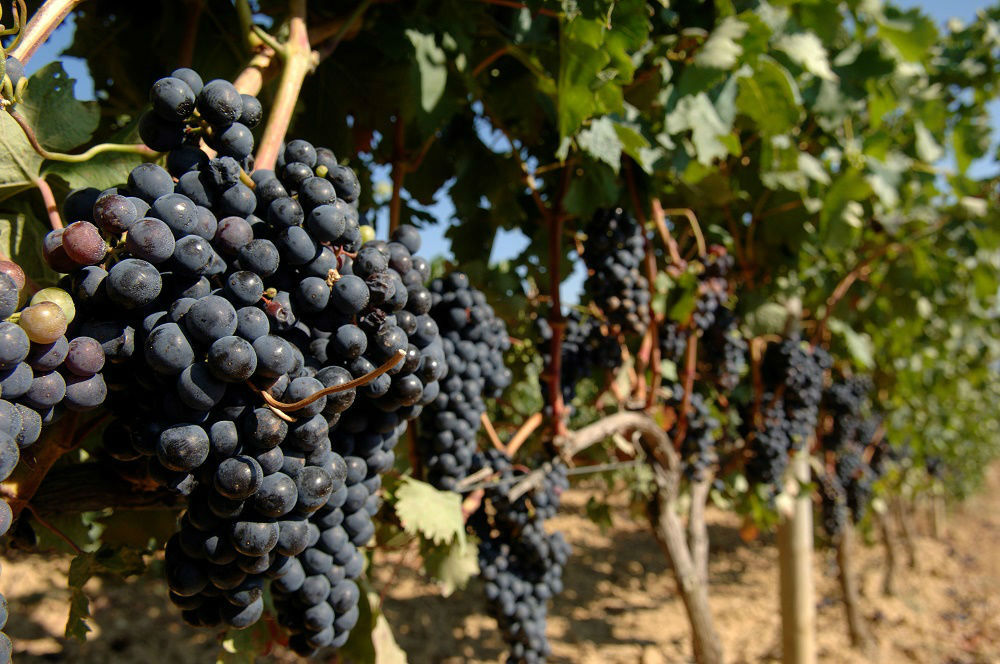
Our Wine
Wines with Controlled Designation of OriginOur Wine
Rioja Alavesa is classified as a subzone in the Controlled Designation of Origin. It has 13,500 hectares of vines and hundreds of wineries, resulting in an annual average of about 40 million litres of wine.
The area produces especially red wines with general specific features such as a bright, vivid colour, a fine aroma, fruity flavour with a pleasant palate. These peculiarities are due to the calcareous clayish soils of the area, which are excellent when it comes to the vines absorbing the necessary moisture. The climate and location of the vineyards also contribute to the quality, the location behind the Sierra de Cantabria, protects the vines from the cold north winds allowing them to make better use of the heat.
The reds are the most representative wines of the region and are made with varieties such as Tempranillo (about 79% of the total production is with this grape), Grenache, Mazuelo and Graciano.
Young wines or young reds are made mostly with the traditional method of carbonic maceration, in which whole bunches are fermented in a "lake", between seven and ten days. When the grapes lose their skins and stems, they then go to the vats where fermentation ends.
Meanwhile, aged wines, reserve and grand reserve are produced by the Bordeaux or destemming method. This consists of breaking the grape, removing the stems and incubating the juice with pulp for seven days. After several fermentations, they are transferred to barrels for aging. The time spent in the barrel and in the bottle is what marks the difference between aged wines, reserves and grand reserves.
Because rosé and white wines are becoming increasingly popular both at home and abroad, vintners and winemakers work together on the production of quality wines of these varieties in a bid to reach out to all markets.
Collaborators









